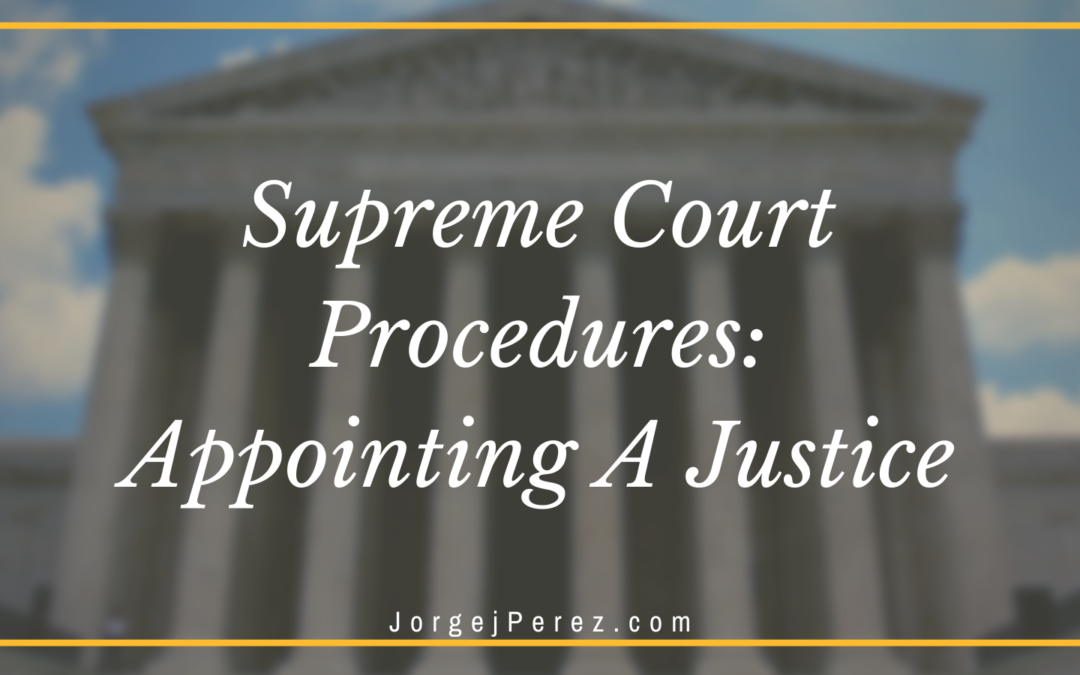The process of appointing a Supreme Court Justice is relatively simple. Its simplicity does not mean that the process is insufficient, ineffective, or inappropriate, however, as there are thorough investigations and hearings conducted prior to making a decision on any given candidate. To understand the basic process, you should try to learn the distinct parts of the process as well as the parties which hold weight in the decision.
Nomination
In accordance with the U.S. Constitution, the only individual with the right and responsibility to nominate an individual for the position of Supreme Court Justice is the President. All individuals with training in the law are eligible for nomination. This means that formal education in the field is not required. The Constitution does not dictate any required age, gender, background, or even native-born citizenship for nominees.
Once an individual is nominated by the President, they move to the next phase.
Senate Judiciary Committee
This committee represents a small population of the U.S. Senate. They are tasked with being the first group to assess and consider the nominee. The members of this committee will conduct thorough research into the candidate and hold a public hearing; during this hearing, the nominee may be asked a variety of things from personal philosophy to stances on social issues. Following the hearing, the committee is expected to come to a decision and provide a recommendation to the entire Senate. The committee will inform, but not dictate, the Senate’s choice to consider the nominee for appointment.
Senate
Following the Judiciary Committee’s hearing and recommendation, the Senate is permitted the opportunity to debate the appointment of the candidate; they must reach unanimous consent to proceed, or else the debates will continue. In order for an individual to earn a place on the Supreme Court, the Senate must vote and attain a majority vote (at least 51 in favor), followed by a simple majority “yes” vote.
While the appointment process for Supreme Court Justices may seem simplistic, it is designed for a complete and thorough investigation into the qualifications, impartiality, and temperament of the nominees. As there are only nine positions available in total and each justice is technically appointed for life, careful consideration of a nominee’s experience, education, and character is integral for the success of the American judicial system.

